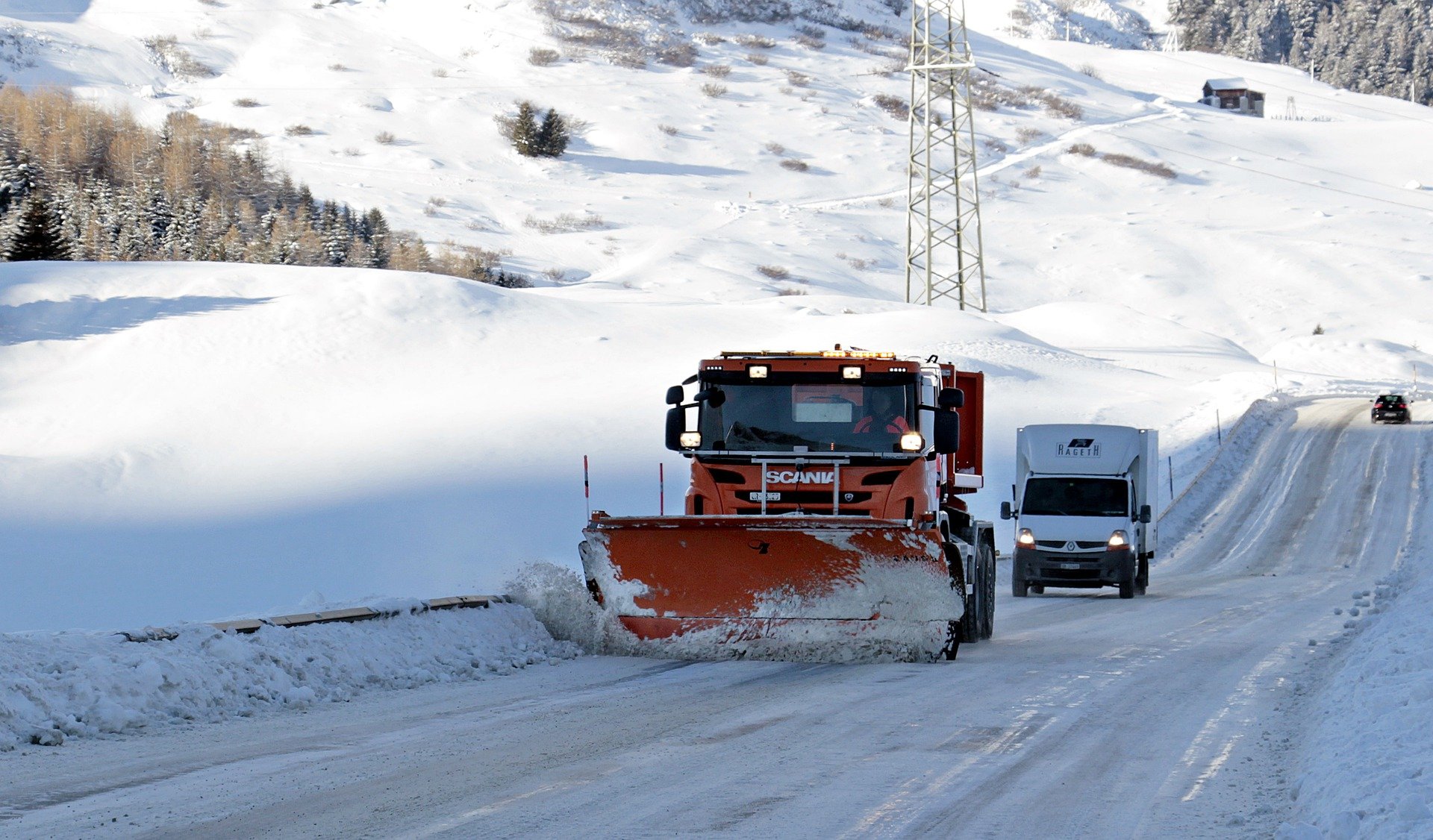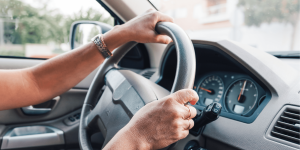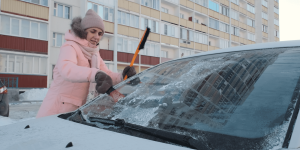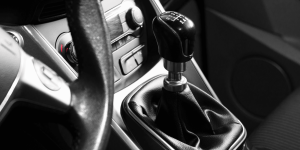The storm Filomena has put the terrestrial infrastructures in our country in check and has led to a general question for the population: do people know how to drive on ice? Although Spain is not a country in which the cold is very prominent, it is important to raise awareness about the danger of moving under these conditions.
WHEN AND WHERE IS ICE PRODUCED ON ROADS?
At the moment when temperatures are around zero degrees, ice begins to be seen on the roads, as long as the forecasts are not snow. In the event of snowfall, the snow accumulates on the asphalt and, until temperatures drop further, the frosts would not occur, which would cover the entire road, from the lanes to the shoulder.
DANGERS OF DRIVING ON ICE
The dangers of driving on ice range from the lack of stability of the car and the difficulty of keeping it on the road to the increased chances of having an accident. And, the wheels cannot turn well if the roads are icy and, instead, they skid.
Precautions and recommendations
In frosty situations, the gearshift should be reduced as much as possible and the long ones should be prioritized, as well as being more smooth with the steering wheel. It is also necessary to use the brake as if the ABS was not installed and even using the engine brake instead of the brake pedal.
In addition, one of the fundamental measures when it comes to driving on ice, would be to drive at a much more prudent speed than in normal conditions and leave a greater safety distance with the vehicle in front, to avoid collisions in the event of the car skate.
In summary, to know how to drive on ice you must follow these tips and, above all, exercise extreme caution on roads that are generally not icy.
We advise you to check the state of the roads before traveling. In the following url of the DGT you can consult updated information on the roads affected by ice and snow:
http://www.dgt.es/es/el-trafico/carreteras-hielo-nieve/
Visit us for any spare or part your vehicle needs, whatever the make and model.







